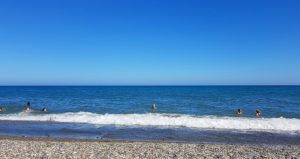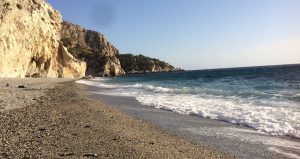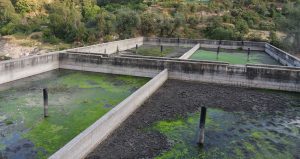EEA presents ‘Best Practices’ to improve Europe’s Waters

-
 Editorial Team
Editorial Team
Share article:
The European Environment Agency (EEA) has released its ‘Signals 2024’ report, offering inspiration and best practices aimed at improving Europe’s water bodies. Despite efforts under the Water Framework Directive, a vast majority of Europe’s waters still fail to meet its objectives.
In October 2024, the EEA published ‘Europe’s State of Water 2024’, revealing that only 37% of Europe’s surface waters achieved ‘good or high ecological status’, and just 29% reached ‘good chemical status’ between 2015 and 2021. The new ‘Signals 2024’ report provides an overview of key challenges and opportunities to enhance the health and resilience of Europe’s waters.
Climate change intensifies water stress
EEA Executive Director Leena Ylä-Mononen emphasizes the increasing pressure on Europe’s freshwater resources due to climate change, pollution, and unsustainable water management. Climate change is exacerbating water stress—already affecting 30% of Europe’s population annually—by causing more frequent droughts and floods. “To enhance resilience, we need to reduce water usage, improve efficiency, invest in water-saving technologies, increase water reuse, and implement nature-based solutions like restoring wetlands,” Ylä-Mononen advocates. Strengthening data and monitoring systems is also crucial for fair water distribution and informed decision-making. She calls for a shared responsibility among governments, industries, farmers, and citizens to safeguard water security, protect ecosystems, and ensure a sustainable future for Europe.
Austria’s integrated water management success
The report highlights Austria’s proactive water management efforts. Monika Mörth, Director General for Water Management at the Austrian Ministry of Agriculture, Forestry, Regions, and Water Management, discusses the nation’s high-quality water resources and integrated management strategies. Austria boasts some of Europe’s best water quality, essential for drinking water, agriculture, energy production, and tourism. Despite challenges like pollution from nitrates, PFAS, and endocrine disruptors, ecological impacts, and extreme weather events, Austria addresses these issues through significant infrastructure investments. These include wastewater systems, drinking water supply, flood protection measures, and long-standing cross-border collaborations on rivers like the Rhine and Danube.
Innovative approaches to remove PFAS
Emerging threats like PFAS (per- and polyfluoroalkyl substances) and antibiotics in water resources are also addressed in the report. Dr. Zongsu Wei of Aarhus University warns of the serious health risks posed by PFAS, which are challenging to remove due to their chemical stability. Wei’s laboratory is developing innovative, scalable methods to degrade PFAS using light, electricity, and ultrasound, with practical applications expected in 3-5 years. He also highlights the need for sustainable water use, balancing drinking water needs with industrial demands such as green hydrogen production.
Stricter regulations to combat chemical pollution
Dr. Sharon McGuinness, Executive Director of the European Chemicals Agency (ECHA), underscores the risks of chemical pollution to water and ecosystems. While chemicals are integral to modern life, hazardous substances can harm biodiversity and human health. ECHA enforces EU laws like REACH to mitigate these risks. Recent restrictions on microplastics and lead have significantly reduced pollution. Challenges remain, as regulation requires extensive data and scientific assessment, but innovations like grouping chemicals and new methodologies are improving efficiency in managing chemical risks.
















